
1. Effectively improves lagoon cBOD
and TSS treatment
2. Stops nuisance odors
3. Reduces sludge by promoting
internal digestion
1. Facultative lagoons/waste
stabilization ponds
2. Old or underperforming aerated
lagoons
3. cBOD removal
4. TSS removal
5. Algae control/pH stabilization
6. Water Reuse
7. Sludge reduction
1. Colesburg, Iowa
2. Doaktown, New Brunswick
3. Glencoe, Ontario
4. Harrah, Washington
5. Martensville, Saskatchewan
6. Rocky Mountain House, Alberta
7. Waterton National Park, Alberta
Aerated ponds in the optAER process produce no nuisance odors when the system is operated within the specified design parameters. If anoxic ponds are included within the treatment process, odors can be controlled by the use of floating covers.
cBOD is reduced to carbon dioxide, water, and inert ash by natural bacteria, which receive their oxygen supply from air provided through the optAER aeration diffusers.
Through the rise of bubbles and subsequent mixing, convection cells are created between diffusers. Not only does the water rise with bubbles, the solids settle out through the downward motion of the water between diffusers where the circulation loop is completed. The mixing rate is reduced in the secondary cells to minimize turbulence and facilitate additional suspended solids removal. Covered cells are used to control algae to meet stringent suspended solid limits. In addition, infini-D™ Zero-Downtime Cloth Disk Filters can be used for additional suspended solids removal.
The optAER system provides a combination of aerobic and anaerobic sludge digestion within the sludge layer at the bottom of the pond. Oxygen provided by the optAER diffuser allows for aerobic digestion at the sludge-water interface. Further, long-term sludge digestion occurs under anaerobic conditions within the settled sludge layer. The environmental impact and cost of sludge removal and disposal can be minimized with the optAER system due to minimal organic bottom sludge accumulation. The low sludge production also retains the pond retention time required for long-term cBOD removal.
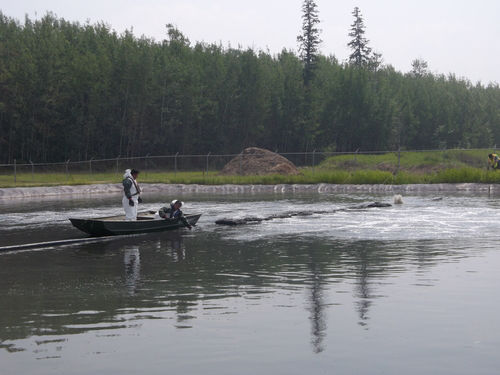
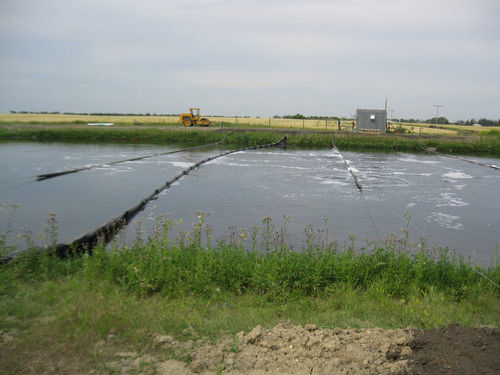
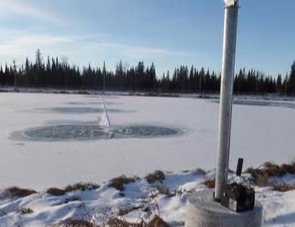
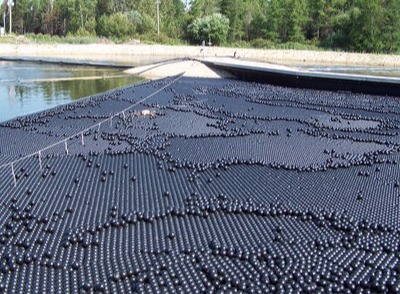
Floating Social Menu and Ribbons
Click the "gear" icon to change the layout of the social bar. This text will be removed on preview/publish.